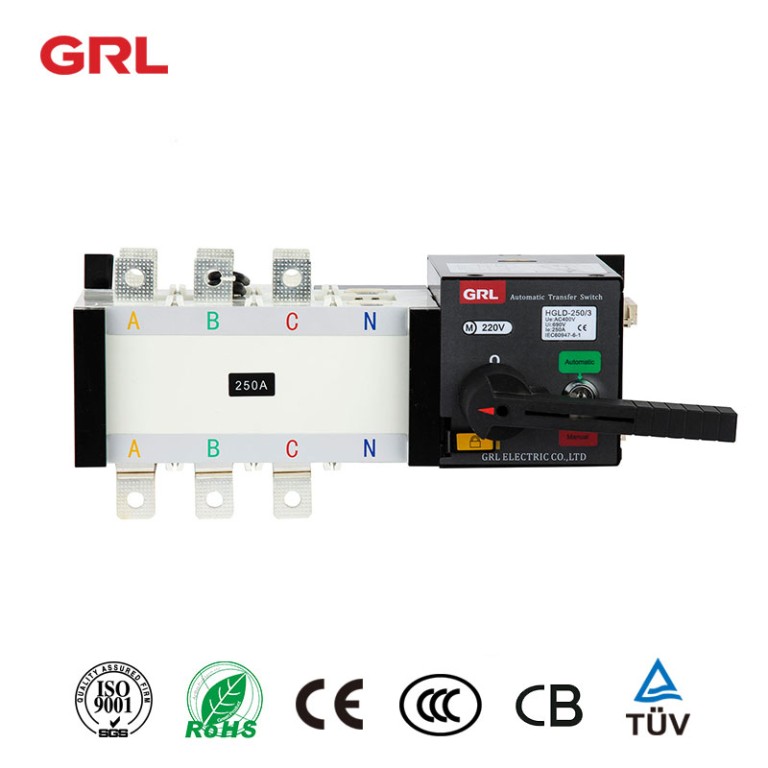Automated Trading System Overview

本身
html
Automated Trading System (ATS) Overview
An Automated Trading System (ATS) is a sophisticated platform that executes trades in financial markets without human intervention. These systems rely on pre-programmed algorithms to analyze market data, identify trading opportunities, and execute orders at optimal times.
How ATS Works
ATS operates through a series of interconnected components:
- Market Data Feed: Receives real-time price and volume information
- Algorithm Engine: Processes data using mathematical models
- Risk Management Module: Controls exposure and prevents excessive losses
- Order Execution: Sends buy/sell instructions to brokers or exchanges
Key Benefits of ATS
Automated trading systems offer several advantages over manual trading:
- Eliminates emotional decision-making
- Executes trades at machine speed (milliseconds or faster)
- Can monitor multiple markets simultaneously
- Backtests strategies using historical data
- Operates 24/7 without fatigue
Common ATS Strategies
Popular algorithmic trading approaches include:
| Strategy Type | Description |
|---|---|
| Trend Following | Identifies and rides established market trends |
| Mean Reversion | Capitalizes on price deviations from historical averages |
| Arbitrage | Exploits price differences across markets or instruments |
| Market Making | Provides liquidity by continuously quoting bid/ask prices |
Implementation Considerations
When deploying an ATS, traders should evaluate:
Keyword: ATS
- System reliability and uptime requirements
- Latency and execution speed
- Data quality and feed stability
- Regulatory compliance
- Backup and disaster recovery plans
While ATS offers significant advantages, it requires proper testing, monitoring, and periodic optimization to maintain effectiveness in dynamic market conditions.